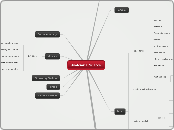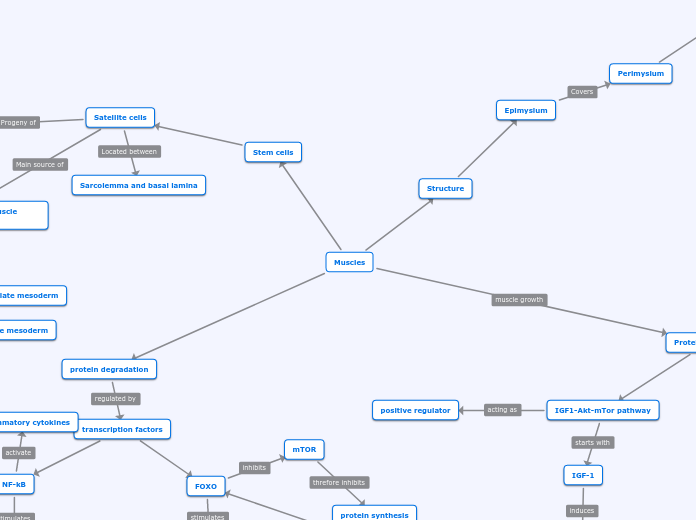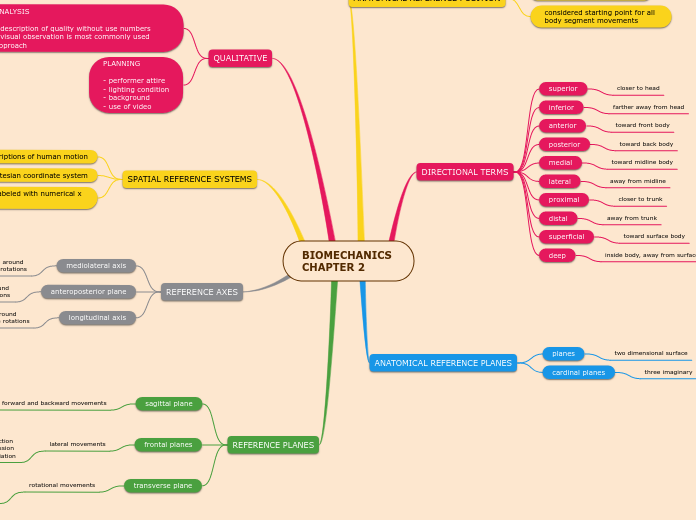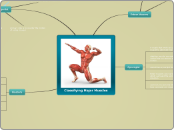Anatomical Science
Nervous System
Tonsils
Circulatory System
Muscles
definitions
joint: Where two bones come together
Ligament: Bone to bone
inseriton: Attachment that moves
origin: Stationary attachment
Tendond: Muscle to bone
Dental Anatomy
Salivary Glands
Lymphatic System
Histology & Embiology
Subtopic
Face
Orbit
Paranasal sinuses
Maxillae
Sphenoid
Frontal
Cranial Fossae
superior
Middle
Anterior
Joints of the skull
TMJ
Sutures
transverse palatine
median palatine
temporozygomatic
squamosal
lambdoidal
sagittal
coronal
greater palatine foramen
Facial Bones
Palatine bone
Midpalatine suture
middle and posterior palatine foramen
Hyoid bone
Inferior nasal conchae
Nasal bones
Lacrimal bones
Vomer
Zygomatic bones
Mandible
maxillae
Tongue
Head and Neck Anatomy
Bones of the Neck
Hyoid bone: bone of the neck; attached to several muscles but to no other bone
forms the base of the tongue and larynx
the mobility is necessary for mastication, swalling, and speech
U-shaped bone; free floating
superior to the thyroid cartilage
Ethmoid
Cribiform plate- sensory nerves from nose ascend to olfactory bulbs of CN I
Numerous sinuses or air cells
Sphenoid bone "bat-shaped bone"
Temporal bones
Frontal bone
Occipital bone: posterior inferior portion of the cranium
Cervical vertebrae [7]
C-2 "axis": medical protuberance allows rotation around it
C-1 "atlas": holds up the cranium
Skull
Visceral structures: Related to the face
Cranium: Primarily involved in housing and protecting the brain
Anatmomic Terminology









